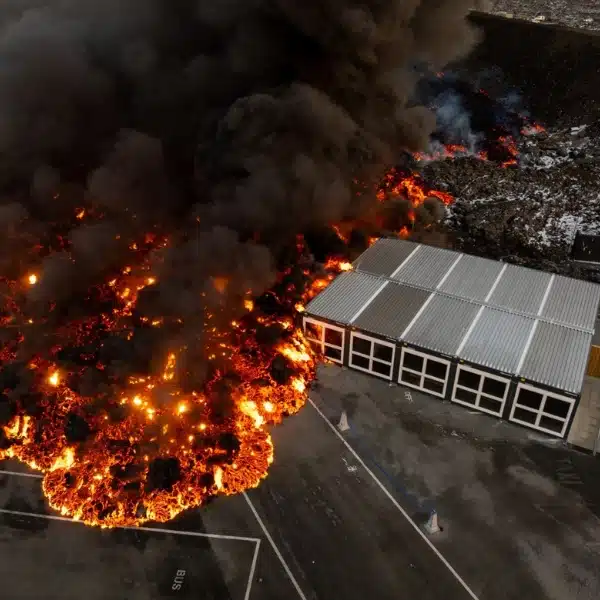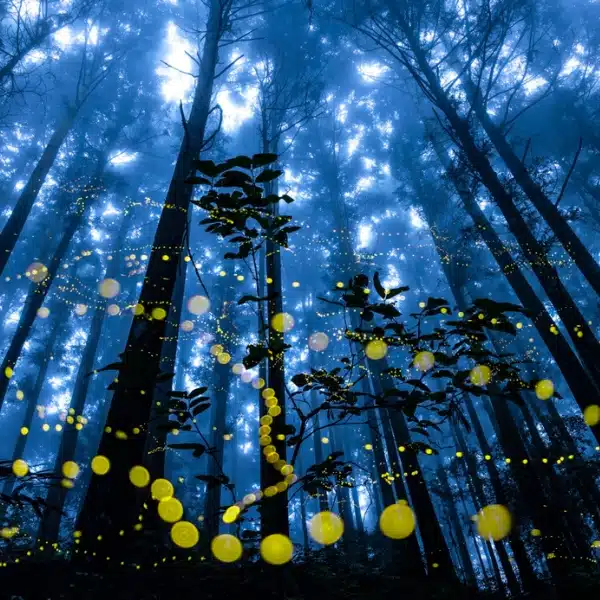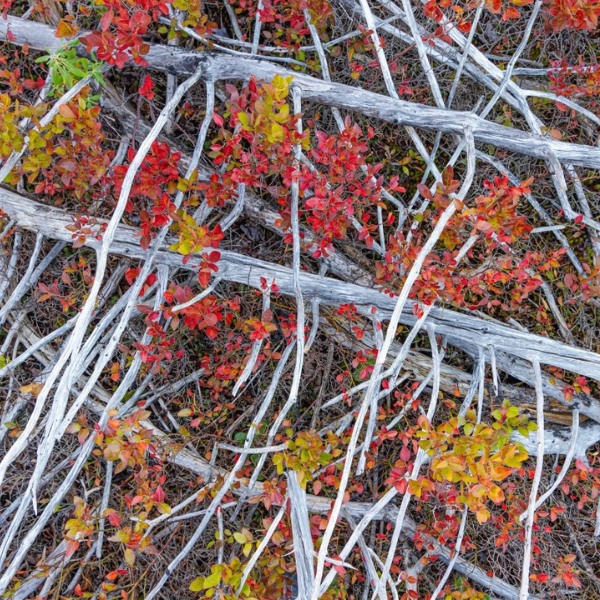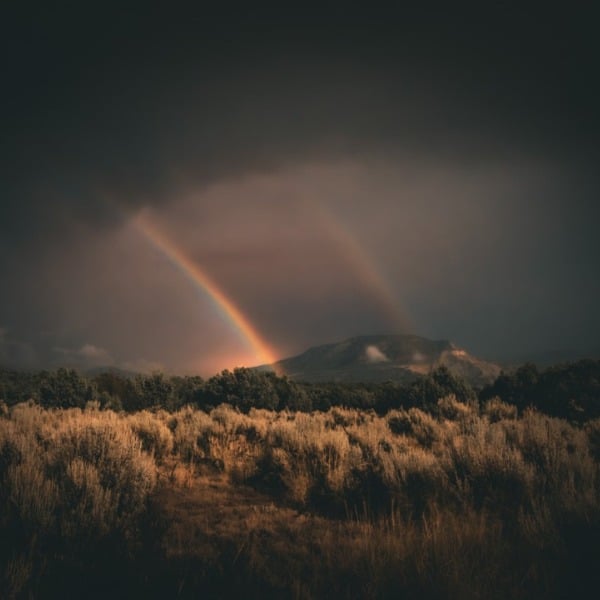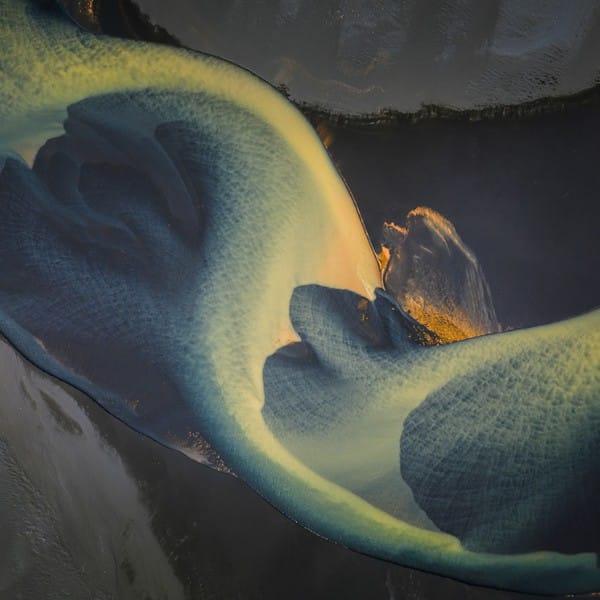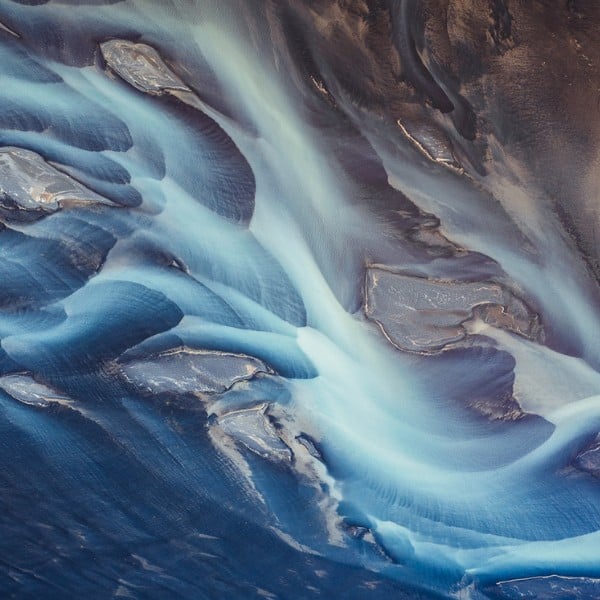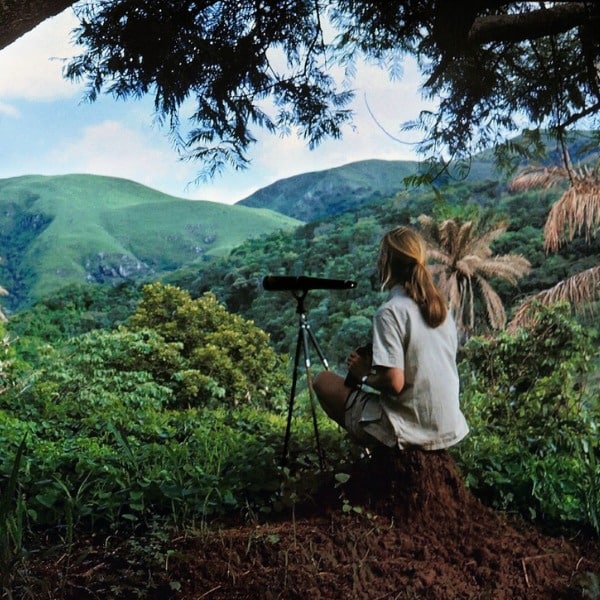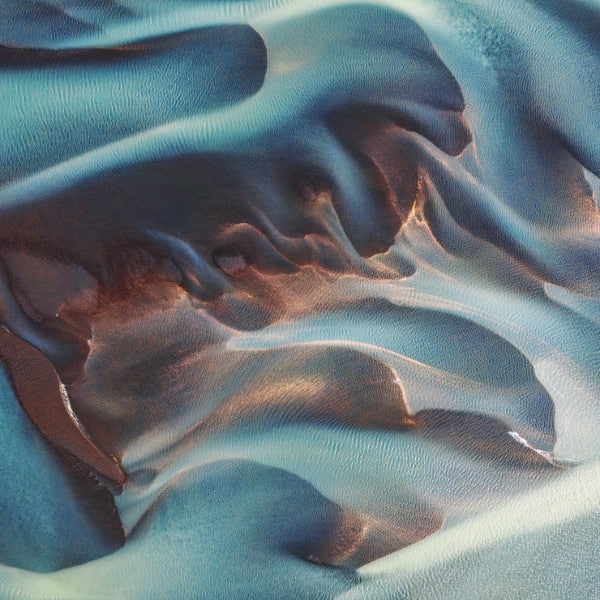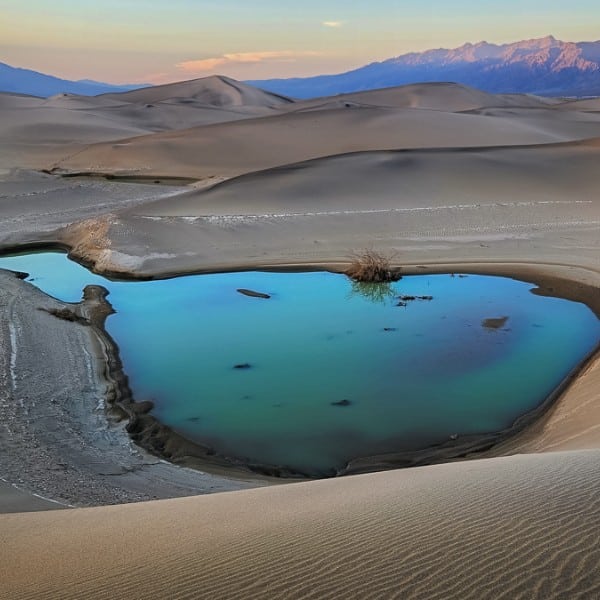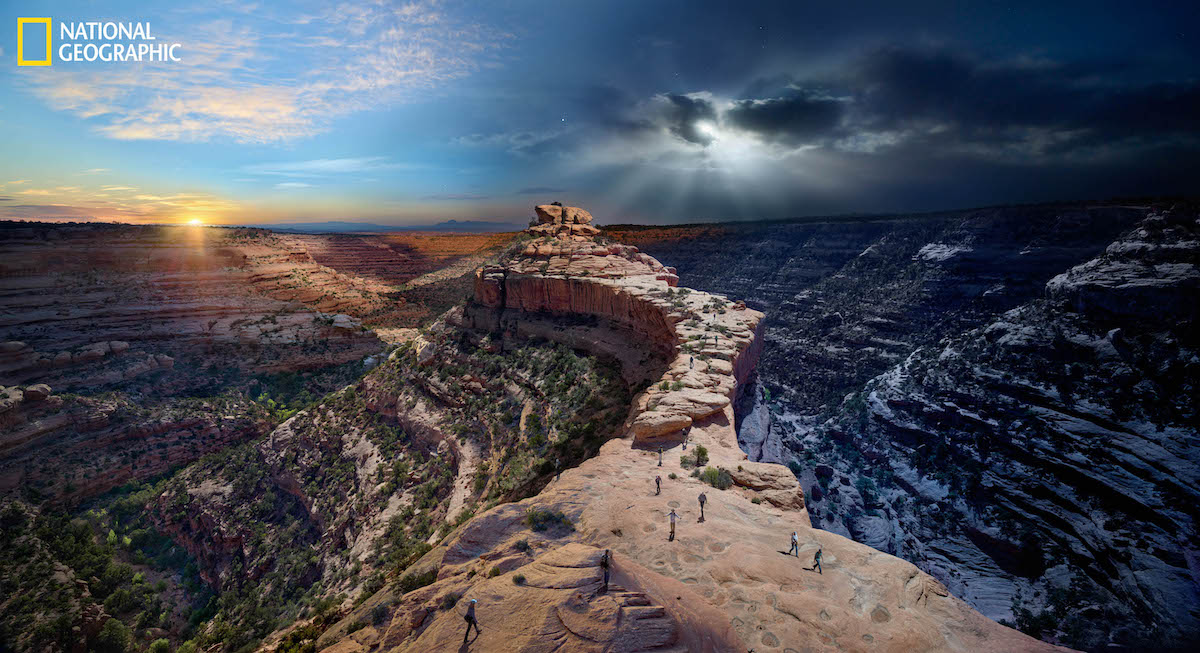
This spectacular landscape is a symbol of the risk to some of the country's unique and irreplaceable places. One president preserved it at the urging of Native Americans who hold it sacred; another tried to open it to drilling and mining. A national monument rich with human history, it includes the Citadel, once a fortified cliff dwelling, now a popular hiking spot. Stephen Wilkes took 2,092 photographs over 36 hours and selected 44 to make this image, capturing a sunrise, a full moon, and a rare alignment of four planets. “This was to me,” he says, “as beautiful and as magnificent as any spot I've seen in the Grand Canyon.” (Photo: Stephen Wilkes, National Geographic)
For the September issue of National Geographic, photographer Stephen Wilkes traveled to some of America's most picturesque landscapes. Using his signature “day to night” photography, he captured everything from sunrise to moonrise in one frame. His images illustrate National Geographic‘s cover story on how America needs to change its habits in order to conserve nature.
One of Wilkes' most striking images, which graces the issue's cover, was taken in Bears Ears National Monument in Utah. Shot over the course of 36 hours, it required Wilkes and his team to make a strenuous one-hour hike carrying 75-pound backpacks filled with equipment. Once there, they also had to endure 50 mph winds that made it difficult to secure their equipment. But, the end result was worth it.
Wilkes used Bears Ears' famous Citadel as a center point in the image, balancing day and night on either side. A smattering of hikers is visible below, making their way toward the famous cliff dwelling. The serene atmosphere in Wilkes' photograph belies the careful research that goes into creating these images.
In the case of Bears Ears, Wilkes planned his shoot to coincide not only with a rare planetary alignment, but also on the weekend when Easter Sunday, Passover, and Ramadan coincided. This is something that only occurs every 33 years, and given the monument's significance in different Indigenous cultures, it seemed fitting.
“It was a celestial experience but also a spiritual connection that makes you think back to earlier civilizations and, in particular, Indigenous culture—how it embraced what [people] were seeing in the stars and how that translated into their daily lives,” Wilkes shares.
Bears Ears is, in some ways, symbolic of the environmental struggles currently happening in the United States. Named a national monument by President Obama in 2016, it saw its protected boundary dramatically slashed by President Trump the following year. And currently, the state of Utah is locked in a legal battle with President Biden, who is seeking to restore the monument to its original 1,351,849 acres.
The battle for America's natural resources is the focus of National Geographic‘s September issue and it's a battle that Wilkes feels is important to contribute to.
“Science is becoming a challenging area—people don’t believe the data,” he says. “As an artist, it’s on us how well we tell the story and create a certain level of emotion that touches people, and that connection is what drives action.”
See all four landscapes (Bears Ears National Monument in Utah, Shi Shi Beach in Northwestern Washington, J Bar L Ranch in Montana, and City Park in New Orleans) that Wilkes shot for National Geographic in its September issue.
Stephen Wilkes brought his signature “day to night” photography to the cover of National Geographic‘s September issue.
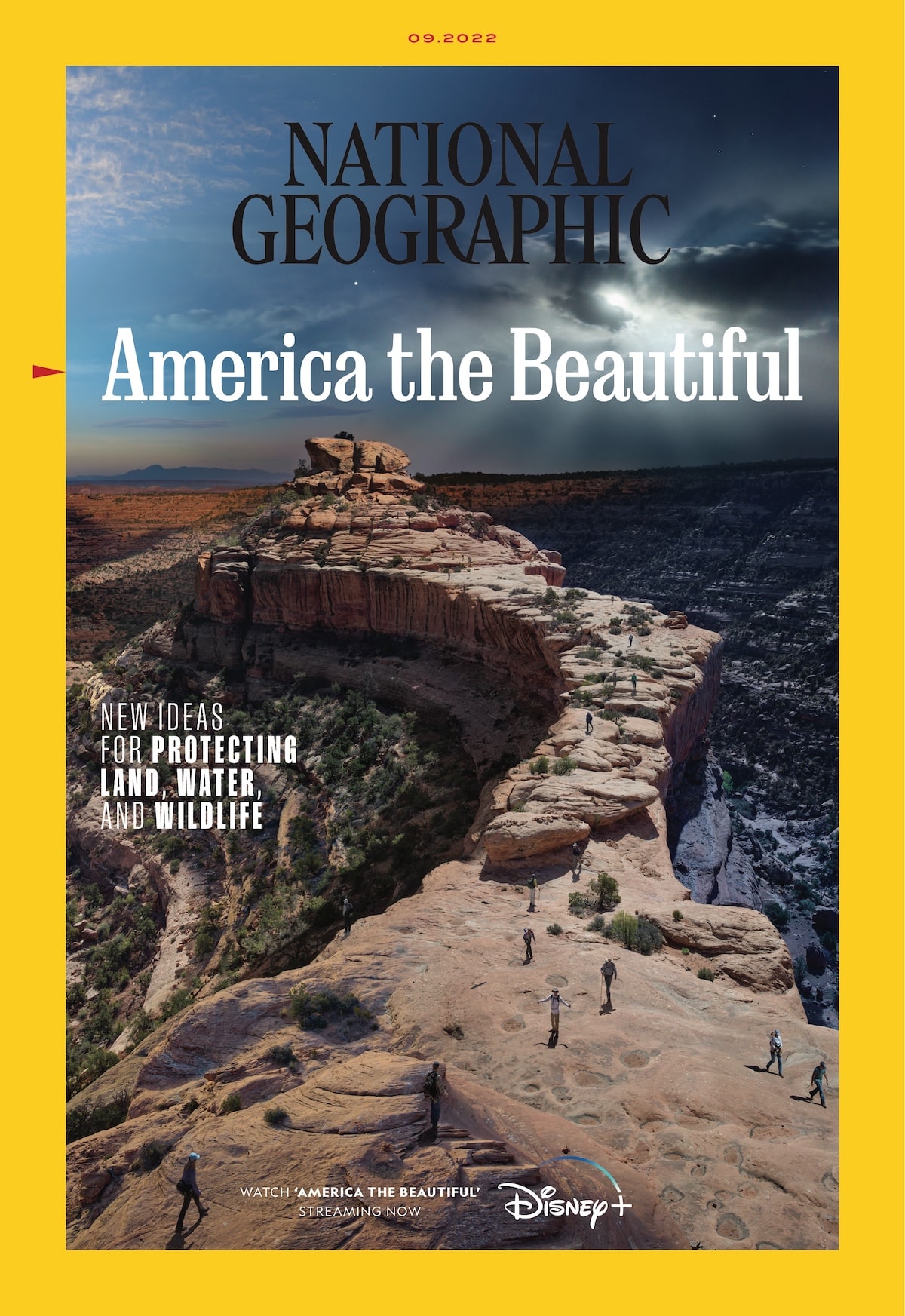
For a story about protecting America's natural resources, Wilkes photographed four landscapes, including the Bears Ears National Monument in Utah.
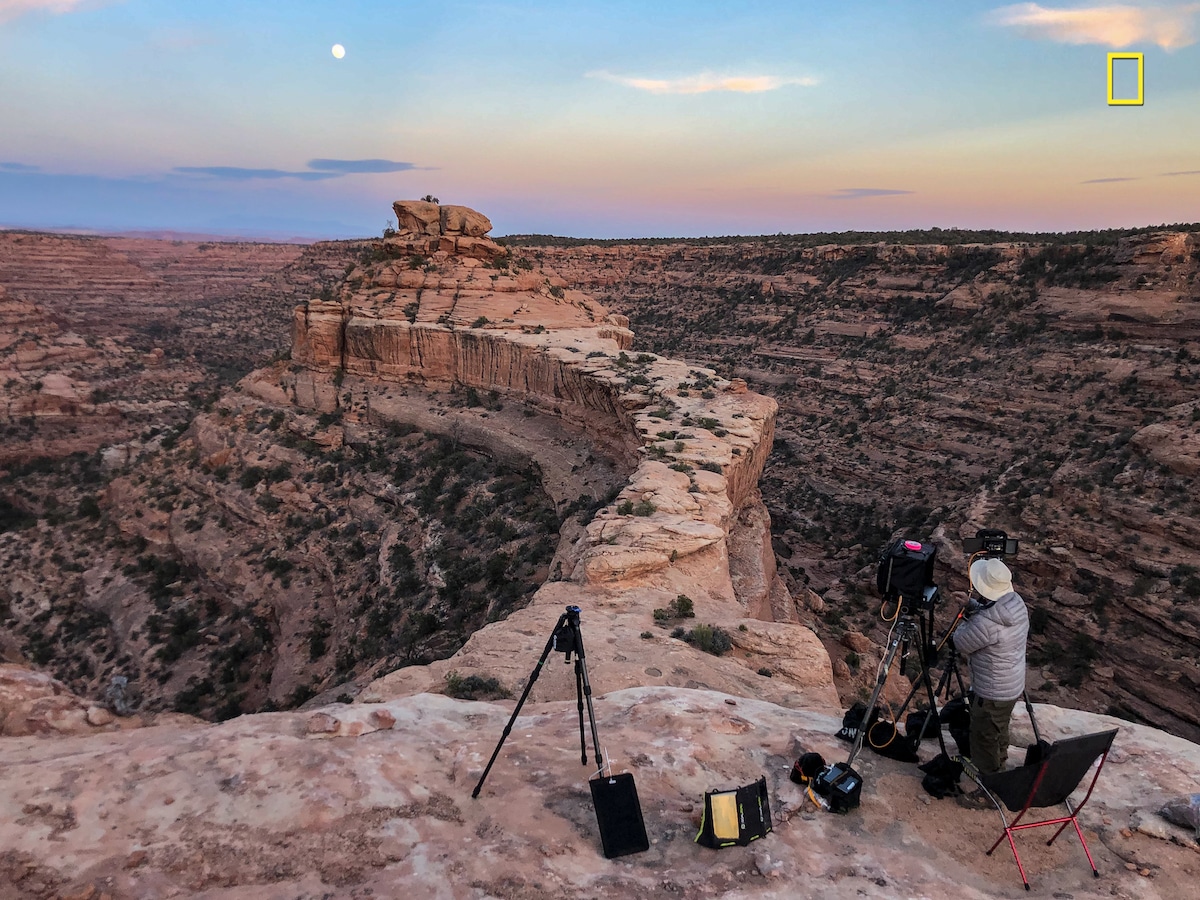
Photo: Lenny Christopher, National Geographic
The photo shoot required him to stand in place for 36 hours.
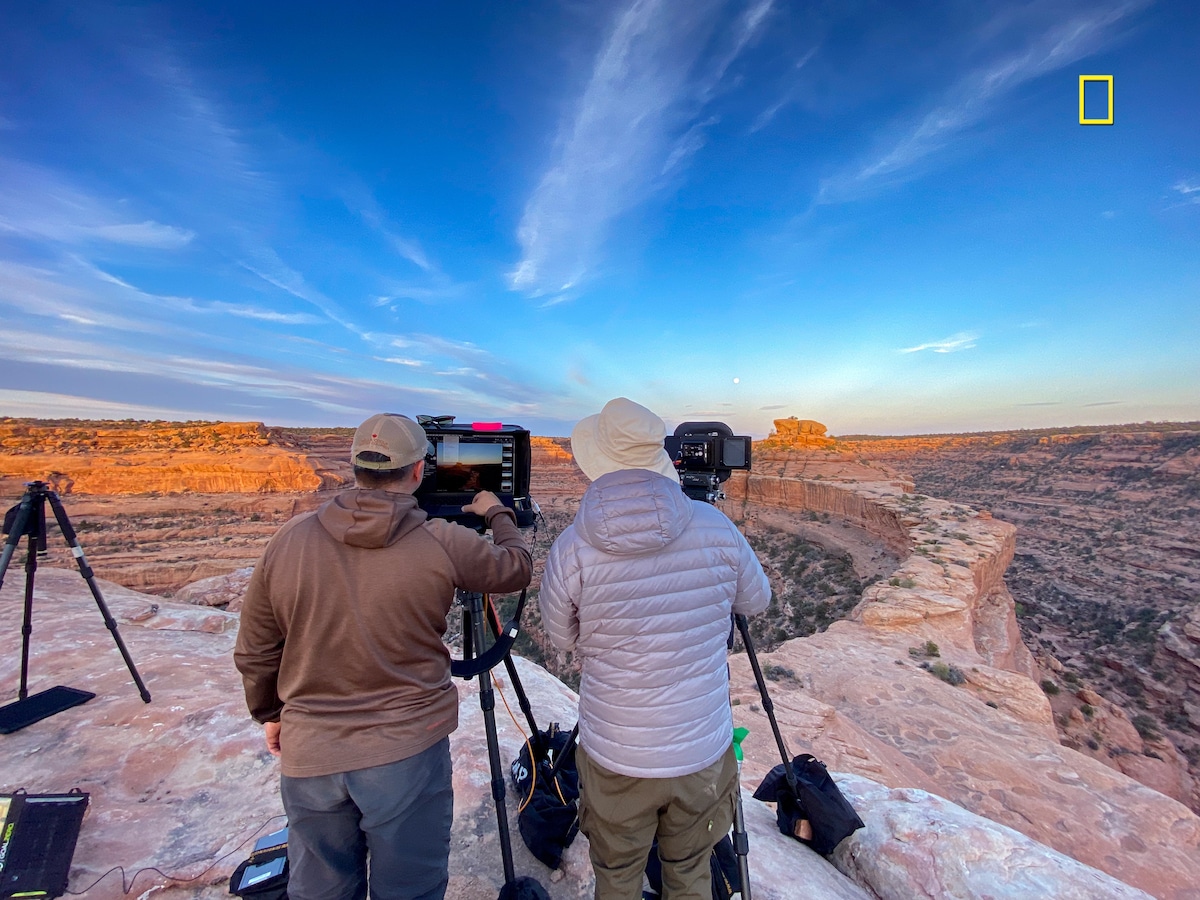
Photo: Lenny Christopher, National Geographic
Wilkes and his crew faced a steep climb with heavy camera equipment to arrive at the shoot destination.
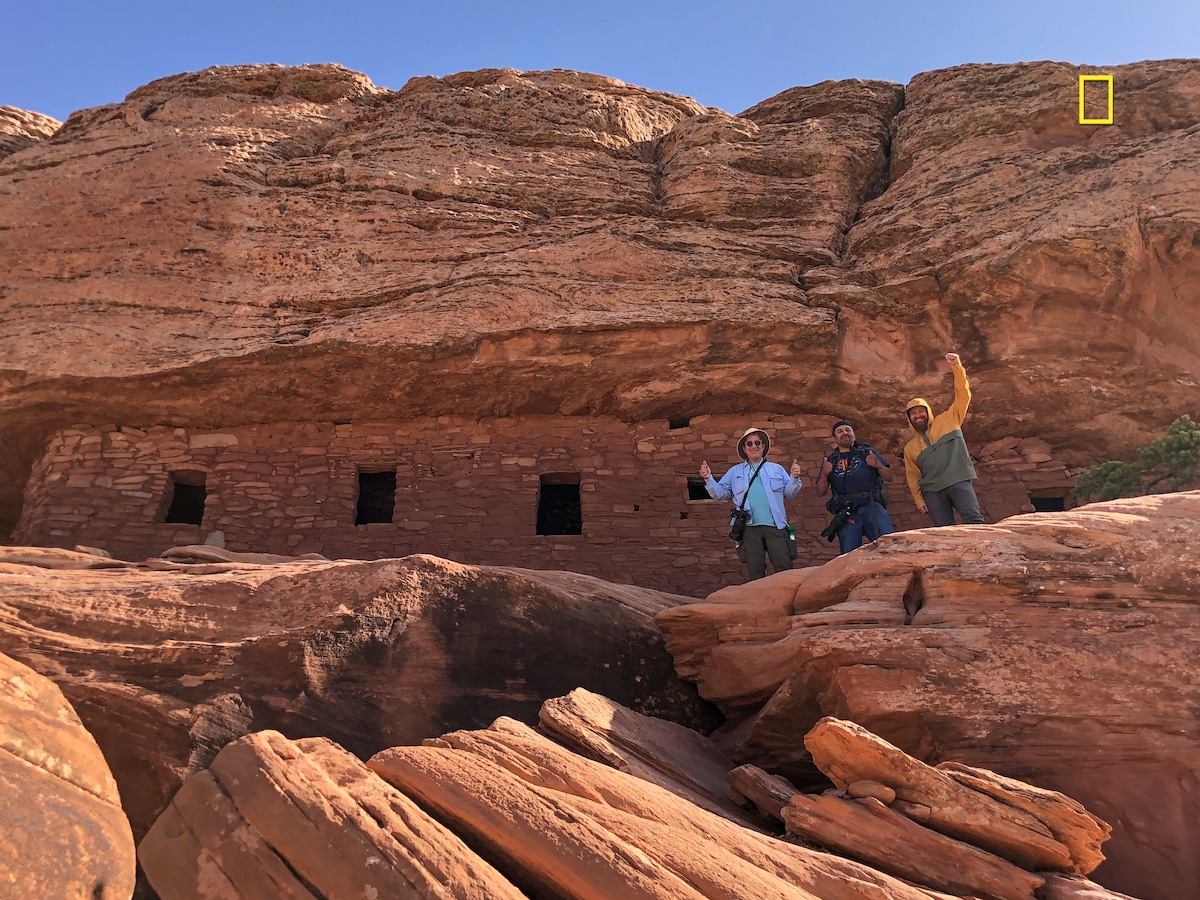
Photo: Lenny Christopher, National Geographic
Over the course of the shoot, they battled winds of up to 50 miles per hour.

Photo: Stephen Wilkes, National Geographic
But the crew persevered to show this picturesque landscape from sunrise to moonrise.
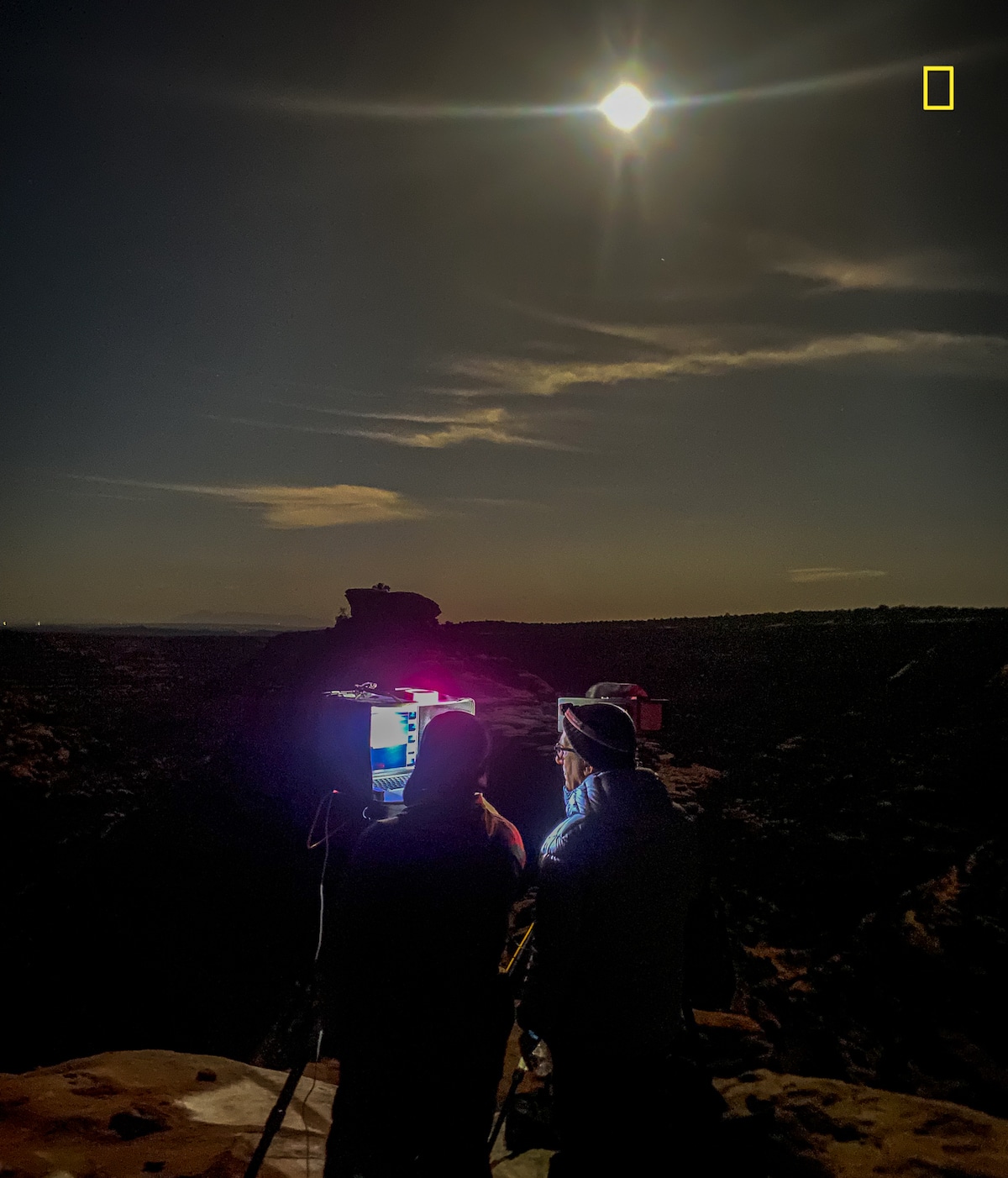
Photo: Ivar Bastress, National Geographic
Stephen Wilkes: Website | Facebook | Instagram
My Modern Met granted permission to feature photos by National Geographic.
Related Articles:
Spectacular Day and Night Composite Shots of Major Cities
Stunning Day and Night Compositions by Stephen Wilkes Capture the Fleeting Passage of Time
Photographer Spends 30 Hours Capturing Powerful Day-to-Night Photo of the COVID Memorial in D.C.











































































